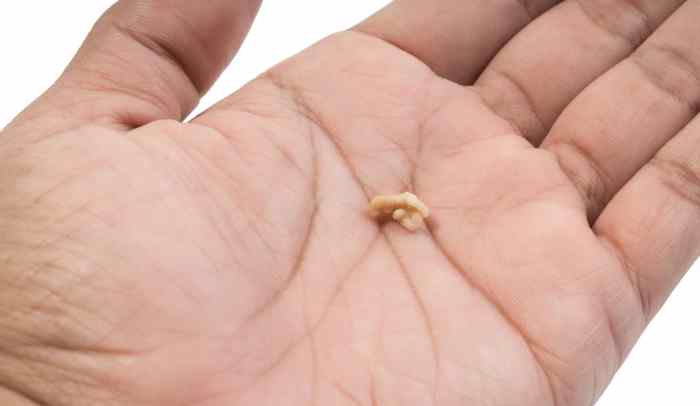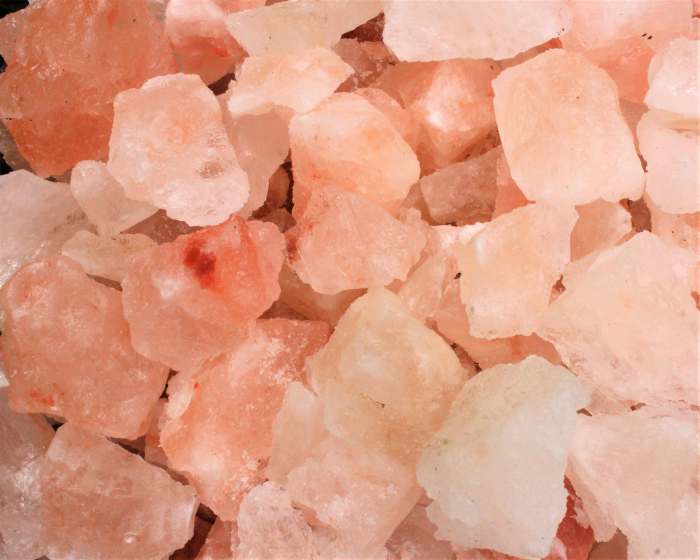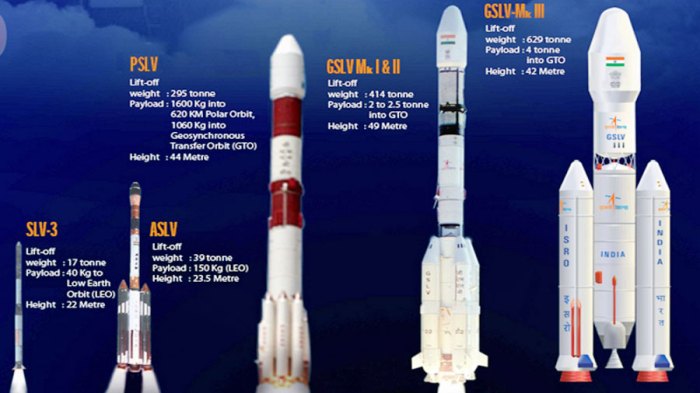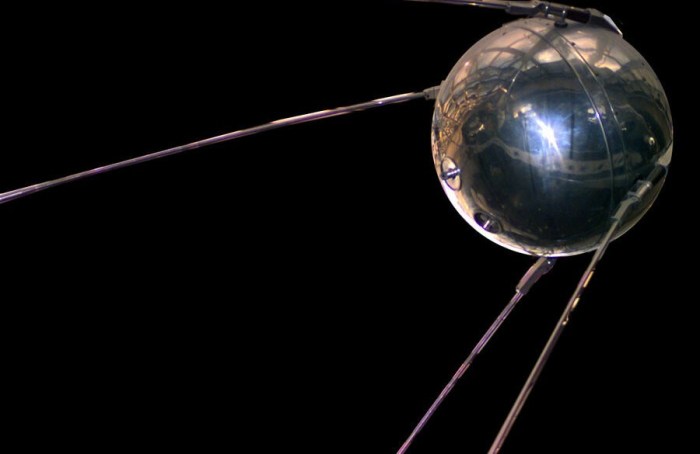Neptune’s satellites are made of chunks of rocks – Neptune’s satellites, composed of chunks of rocks, present a fascinating subject of study within the realm of planetary science. Their unique composition and geological characteristics offer valuable insights into the formation and evolution of our solar system.
These celestial bodies, orbiting the distant ice giant Neptune, exhibit a diverse range of surface features, chemical compositions, and geological histories. Their exploration has significantly contributed to our understanding of the outer solar system and the processes that have shaped its celestial inhabitants.
Composition of Neptune’s Satellites

Neptune’s satellites are primarily composed of a mixture of rock and ice, with varying proportions of each depending on the specific satellite. The larger satellites, such as Triton, have a rocky core surrounded by a mantle of ice, while the smaller satellites are thought to be composed mostly of ice with a rocky core.
The specific elements and compounds present in Neptune’s satellites include:
- Rock:primarily silicates, such as olivine and pyroxene
- Ice:primarily water ice, with trace amounts of other ices such as methane, ammonia, and carbon dioxide
- Organic compounds:such as methane, ethane, and propane
- Other elements:such as nitrogen, oxygen, and sulfur
Geological Processes Shaping Neptune’s Satellites
The surfaces of Neptune’s satellites have been shaped by a variety of geological processes, including:
- Impacts:Impacts from comets and asteroids have created craters, basins, and other surface features on Neptune’s satellites.
- Tectonics:Tectonic activity, driven by the tidal forces of Neptune, has created faults, ridges, and other surface features on some of the larger satellites.
- Cryovolcanism:Cryovolcanism, the eruption of ice or other volatile materials, has created geysers, volcanoes, and other surface features on some of Neptune’s satellites.
- Erosion:Erosion by the solar wind and other particles has shaped the surfaces of Neptune’s satellites, creating features such as dunes and ripples.
Surface Characteristics of Neptune’s Satellites
The surface characteristics of Neptune’s satellites vary significantly, depending on their size, composition, and geological history.
- Color:The colors of Neptune’s satellites range from dark gray to bright white, depending on the composition and texture of their surfaces.
- Albedo:The albedo of Neptune’s satellites, a measure of their reflectivity, ranges from low to high, depending on the composition and texture of their surfaces.
- Surface texture:The surface textures of Neptune’s satellites range from smooth to rough, depending on the geological processes that have shaped them.
Origin and Formation of Neptune’s Satellites
The origin and formation of Neptune’s satellites is a topic of ongoing research and debate. One theory is that the satellites formed from the same accretion disk that formed Neptune, while another theory is that they were captured by Neptune’s gravity.
The evidence supporting the accretion disk theory includes the fact that the satellites are all in nearly circular orbits around Neptune and that their compositions are similar to that of Neptune. The evidence supporting the capture theory includes the fact that some of the satellites have retrograde orbits and that their compositions are different from that of Neptune.
Exploration and Future Missions to Neptune’s Satellites, Neptune’s satellites are made of chunks of rocks
Neptune’s satellites have been explored by several spacecraft, including Voyager 2 and Cassini. Voyager 2 flew by Neptune in 1989 and provided the first close-up images of the planet and its satellites. Cassini flew by Neptune in 2011 and provided additional data on the planet and its satellites.
There are currently no plans for future missions to Neptune’s satellites, but there is interest in sending a mission to Triton, the largest satellite of Neptune, to study its unique geology and potential for habitability.
Frequently Asked Questions: Neptune’s Satellites Are Made Of Chunks Of Rocks
What are Neptune’s satellites primarily composed of?
Neptune’s satellites are primarily composed of chunks of rocks, with varying proportions of ice and other materials.
How do geological processes shape the surfaces of Neptune’s satellites?
Geological processes such as impacts, tectonics, and cryovolcanism have played a significant role in shaping the surfaces of Neptune’s satellites, creating features such as craters, mountains, and valleys.
What is the significance of exploring Neptune’s satellites?
Exploring Neptune’s satellites provides valuable insights into the formation and evolution of the outer solar system, the processes that shape celestial bodies, and the potential for life beyond Earth.


